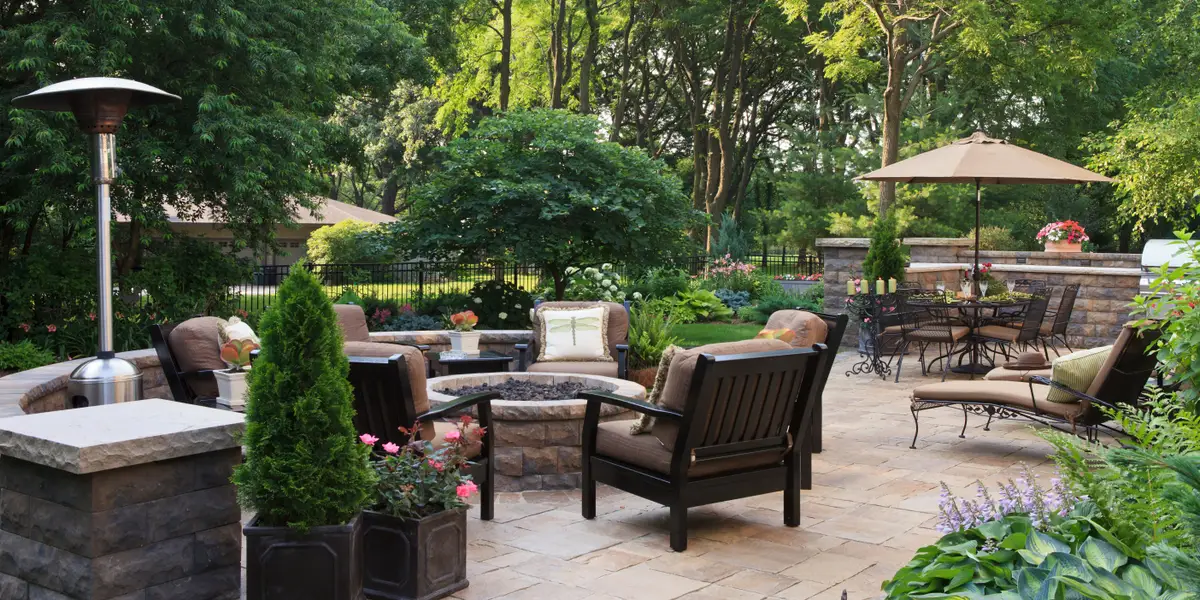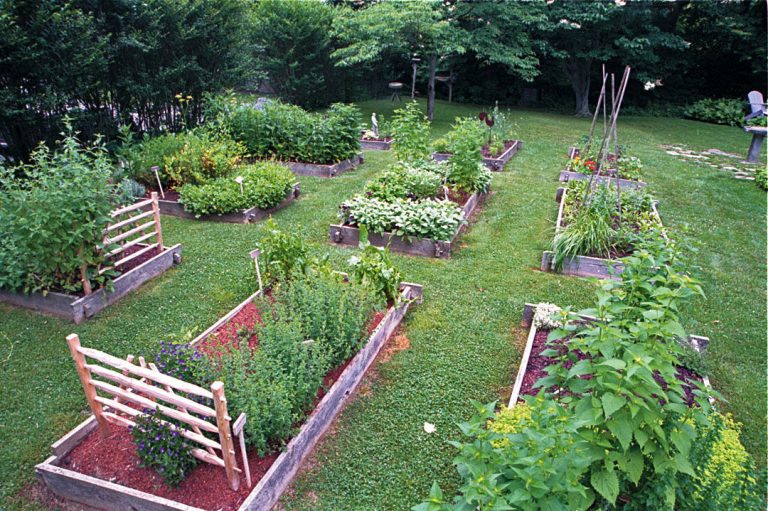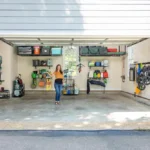Gardening is both a rewarding hobby and a productive way to enhance your outdoor space. Whether you’re a seasoned gardener or a newcomer with a desire to cultivate a lush, vibrant garden, the tools you use can make all the difference. Choosing the right tools, understanding their uses, and knowing how to maintain them can significantly elevate your gardening experience, saving you time, energy, and frustration. With the right set of tools and techniques, your outdoor spaces can flourish, whether you’re tending to a vegetable garden, flower beds, or just looking to create a beautiful landscape. Here are ten indispensable gardening tool tips to help you cultivate a thriving garden.
1. Choose the Right Tools for the Job
One of the most important principles in gardening is using the correct tool for each task. A sharp, well-maintained tool will make any gardening task easier, quicker, and more efficient. For example, a pair of sharp pruning shears is essential for trimming shrubs or deadheading flowers, while a hoe is ideal for loosening soil or weeding. A trowel, on the other hand, is perfect for planting small plants, digging holes, or transplanting seedlings. If you’re dealing with tough weeds or thick grass, a weed trimmer or edger might be more appropriate. By investing in quality, task-specific tools, you’ll avoid frustration and increase your gardening productivity.
2. Prioritize Comfort with Ergonomic Tools
Gardening can be hard work, and the physical demands of digging, weeding, and planting can take a toll on your body. That’s why ergonomic gardening tools have become increasingly popular. These tools are designed with your comfort in mind, featuring handles that reduce strain on your wrists, back, and arms. Ergonomic pruners, weeders, and shovels help minimize fatigue, making them ideal for long hours of gardening. Look for tools with padded handles or ones that have a design which encourages a natural, comfortable grip. The more comfortable your tools, the more you’ll enjoy working in your garden.
3. Invest in High-Quality, Durable Tools
The right tools can last you a lifetime if properly cared for. When it comes to gardening, opting for high-quality, durable tools is a smart investment. Cheap tools may seem appealing in the short run, but they often wear out quickly and can make your gardening tasks harder. Tools made from high-grade stainless steel or carbon steel are often more resistant to rust, offering longevity and strength. A well-crafted tool with a solid construction is not only more effective but will withstand the rigors of regular use, saving you money in the long term. You might spend a little more upfront, but the durability and efficiency they offer are well worth the investment.
4. Keep Your Tools Clean and Well-Maintained
A garden tool that is left dirty or neglected will become inefficient, difficult to use, and prone to wear and tear. After each use, it’s important to clean your tools to prevent soil, plant debris, and sap from building up. Wash your tools with warm, soapy water, then thoroughly dry them to prevent rust. You should also sharpen the blades of your shears, hoes, and shovels regularly. Sharp blades are far more efficient at cutting and digging, and they will reduce the strain on your hands and wrists. A sharpening stone or specialized tool sharpener is an excellent investment for maintaining the edge of your tools. Additionally, oiling your tools with a light coat of vegetable oil can prevent rust and keep the moving parts functioning smoothly.
5. Use a Quality Garden Kneeler or Stool
Gardening often requires spending a lot of time bent over or kneeling on the ground, which can be hard on your knees and back. A garden kneeler or stool is an excellent tool to invest in for added comfort and protection. These devices are typically made of padded material to cushion your knees and back while working. Some even come with handles to help you rise easily and provide additional storage for small tools. If you plan on doing a lot of weeding, planting, or maintaining flower beds, a garden kneeler can help reduce physical strain and keep you comfortable for longer periods.
6. Invest in a High-Quality Hose with Adjustable Nozzle
Watering your garden properly is essential for its health, and a good garden hose with an adjustable nozzle is an invaluable tool. A hose that’s too short, too flimsy, or without a nozzle can create unnecessary frustration. Invest in a hose that is durable, kink-resistant, and long enough to reach all areas of your garden. An adjustable nozzle will allow you to control the water pressure and flow, which is especially important for delicate plants that need gentle watering. Whether you need a fine mist for seedlings or a steady stream for large plants, an adjustable nozzle ensures that your plants receive the right amount of water without over-saturating them.
7. Use Raised Garden Beds or Containers for Better Control
If you’re dealing with poor soil quality, limited space, or back problems, raised garden beds and containers can be game-changers. These tools help you create an organized, accessible garden where you have full control over the soil composition, drainage, and plant arrangement. Raised beds, which are typically filled with a mix of compost and soil, offer better drainage and reduce the risk of soil compaction, making them ideal for growing a variety of vegetables and herbs. Container gardening is also an excellent option for smaller spaces or if you want to grow plants like tomatoes, peppers, or flowers without committing to a large plot of land. Both options are easy to maintain and can even be designed to be more aesthetically pleasing in your outdoor space.
8. Utilize a Compost Bin for Eco-Friendly Gardening
Composting is one of the most eco-friendly and cost-effective practices in gardening. A compost bin helps you recycle organic waste—such as fruit and vegetable scraps, coffee grounds, and yard trimmings—into nutrient-rich soil for your garden. Rather than buying expensive synthetic fertilizers, you can use your compost to improve soil health, retain moisture, and reduce the need for chemical inputs. A well-maintained compost bin can turn waste into a valuable resource, benefiting both your garden and the environment. Look for a compost bin that is easy to use, offers proper ventilation, and allows for good aeration of materials to speed up the decomposition process.
9. Invest in a Weed Remover or Garden Fork
Weeding can be one of the most time-consuming and frustrating aspects of gardening. A quality weed remover or garden fork can make the task much easier by allowing you to target weeds’ roots directly. A weed remover, which often features a long handle and specialized head, is designed to extract weeds with minimal effort and strain. Similarly, a garden fork can help loosen soil and remove weeds, making the task more efficient and less taxing. Regular weeding not only keeps your garden neat but also prevents weeds from competing with your plants for essential nutrients, water, and sunlight.
10. Keep Tools Organized with a Tool Shed or Caddy
A cluttered gardening space can lead to wasted time and frustration as you search for tools that should be easy to find. A well-organized tool shed or caddy ensures that your tools are stored safely and are within easy reach. A tool shed offers ample space to hang or store your tools, keeping them protected from the elements. For smaller gardens, a portable tool caddy or tote bag is an excellent solution to organize your tools and take them with you as you move through different areas of your garden. Organization leads to greater efficiency and ensures that you can always find the right tool when you need it.
Conclusion: Empower Your Gardening Experience
By incorporating these ten essential tips into your gardening routine, you will enhance not only your outdoor space but also the joy and satisfaction you derive from working with nature. The right tools, combined with thoughtful care and maintenance, make all the difference in creating a thriving, beautiful garden. With a focus on comfort, efficiency, and organization, you can spend less time struggling with equipment and more time enjoying the rewarding process of cultivating your outdoor haven. Whether you’re a novice gardener or a seasoned horticulturist, these tools will empower you to grow with confidence and expertise.















